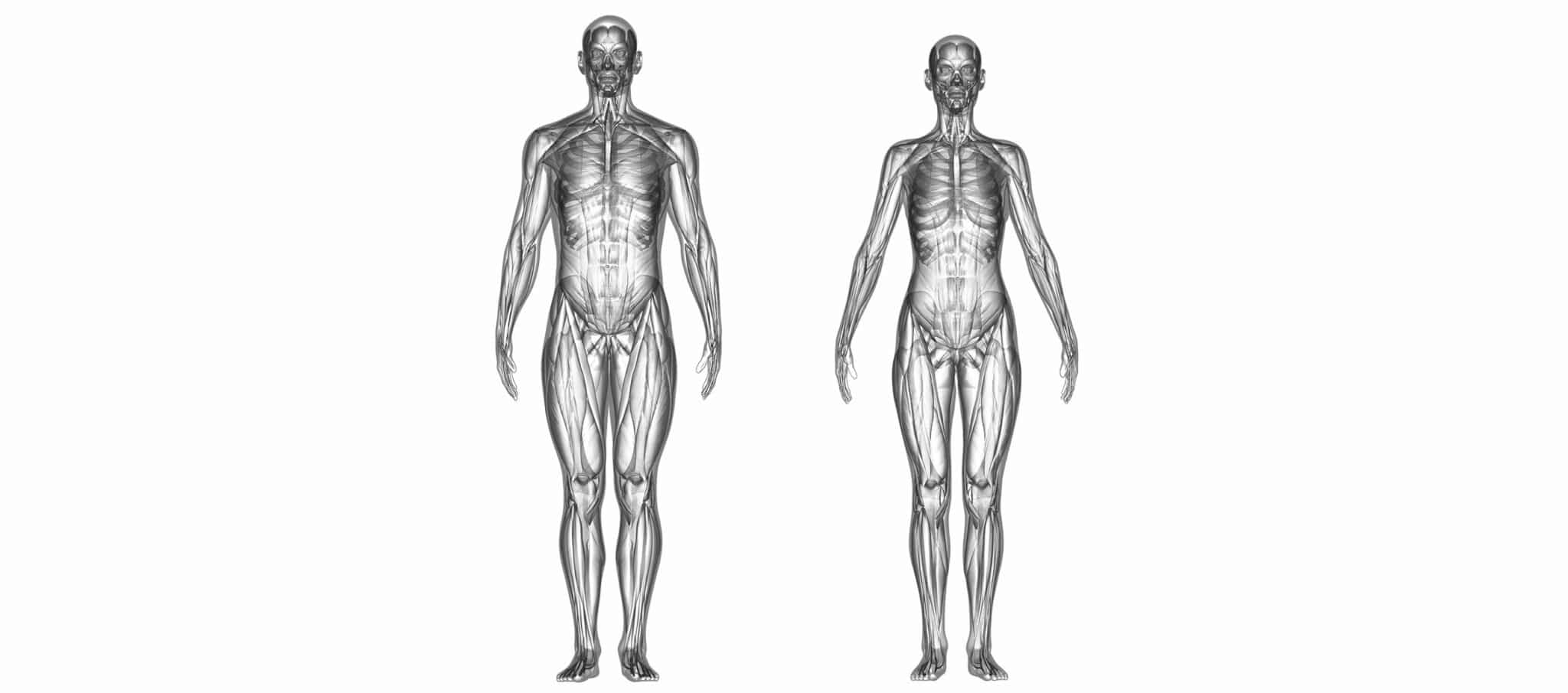Causes
Causes are generally trauma (falls, accidents, high-intensity sport). However, dislocations can occur in patients suffering from ligamentous hyperlaxity or chronic joint instability, without them sustaining a blow or making a sudden movement.
What is a dislocation ?
A joint is a mechanism which enables the ends of bones to move in relation to one another according to predefined movements. The bones actually slide against one another within the joint. Movement is possible when the articular surfaces (the ends of the bones) remain in contact.
Dislocation is a complete loss of articular contact within the joint. The resulting functional incapacity may be total in some cases. When the loss of contact is partial this is known as a subluxation.
This is an orthopedic emergency because when a bone is displaced it may exert pressure on nerves or blood vessels and so cause mobility and sensitivity disorders, ischemia and even necrosis.
Dislocations may also include ligament trauma (sprains with or without torn ligaments), tendon injuries or bone fractures. They can also cause cartilage damage leading to deformation of the joint and eventually instability or osteoarthritis.
All the mobile joints of the body can dislocate and the severity of the trauma frequently depends on the location. Dislocation of the vertebrae is always serious and occasionally fatal. It is generally caused by violent trauma, such as road accidents. Dislocation of the upper limbs (elbow, shoulder or fingers) is frequent and often relatively minor. On the other hand, lower limb dislocation, particularly of the ankle or the knee, is generally serious because, as a rule, it is associated with other injuries such as severe sprain, tendon injury and bone fracture. Surgery is usually required and the convalescence period can be lengthy – it can take almost a year in some cases for a patient to regain full movement of the injured limb.
Once the joint has healed, some weakness may remain, which makes recurrence of the injury more likely. The repeat dislocations can eventually cause hairline fractures due to wear and tear on the bone.
What are the symptoms ?
– Pain: often extremely acute and confined to the area of the dislocated joint.
– Visible asymmetry.
– Functional incapacity: it is difficult or even impossible for the patient to make certain normal movements even with assistance.
Patient heard a “crack” when the trauma occurred, indicating bone displacement.
What are the treatments ?
EMERGENCY CARE
When dislocation is suspected, the patient requires urgent attention. S/he must be immobilized and taken to a hospital or clinic immediately. An x-ray is generally taken to confirm the diagnosis and to make sure that there is no fracture.
REDUCTION
The orthopedic surgeon will then reduce the dislocation: the aim is to slide the bone back into its normal position. This procedure can be extremely painful and the patient often requires oral medication (analgesic treatment), anesthetic gas or sometimes a general anesthetic, particularly in the case of large joints or when other related injuries require surgery.
IMMOBILISATION
Following this, the joint must be immobilized for 10 to 21 days in a relaxed position, often with the aid of a brace.
REHABILITATION
This may be commenced after 10 days of immobilization. The aim is to increase mobility of the injured joint gently and progressively so as to avoid the stiffness that comes with immobilization, but steering clear of any movement likely to cause dislocation.
Subsequently rehabilitation can aim to strengthen muscle tone, which is often weakened during convalescence, in order to bring long-term stability to the joint.
The timeframe for rehabilitation can vary. For simple dislocations (no associated injuries) it generally lasts between 3 and 6 weeks, depending on the patient’s initial physical condition.

